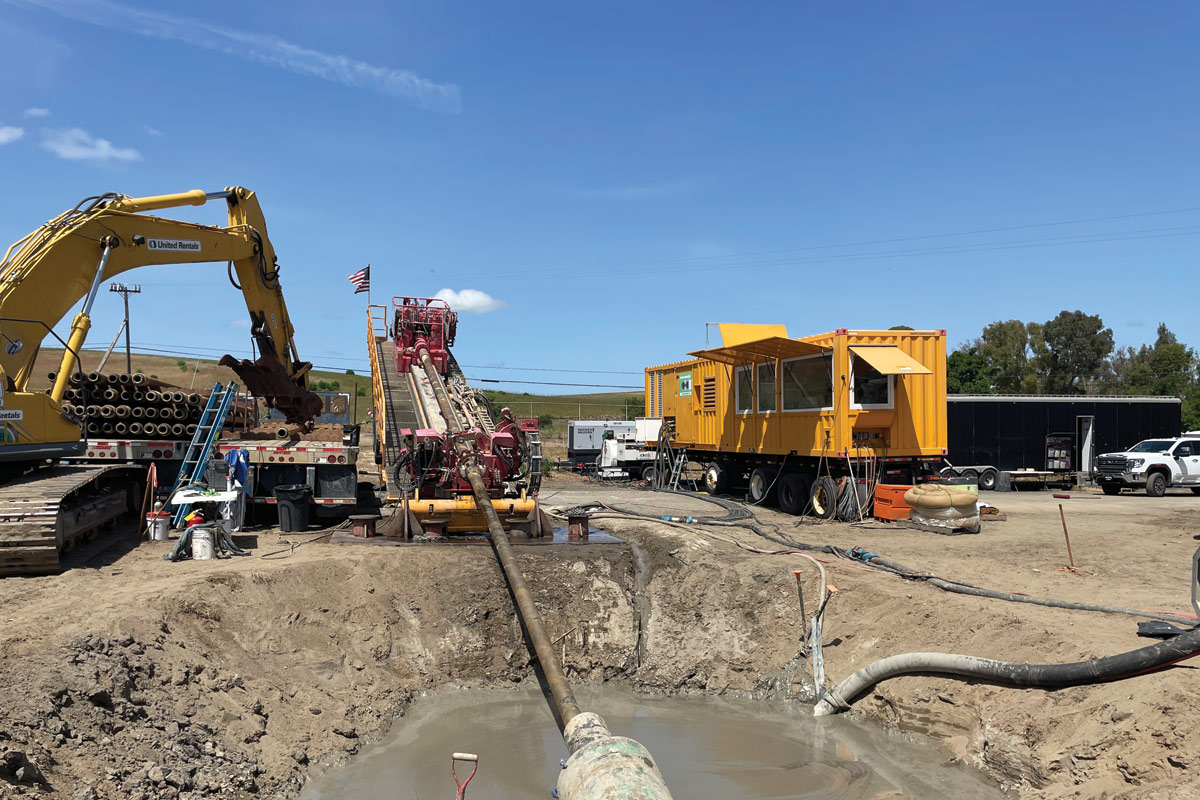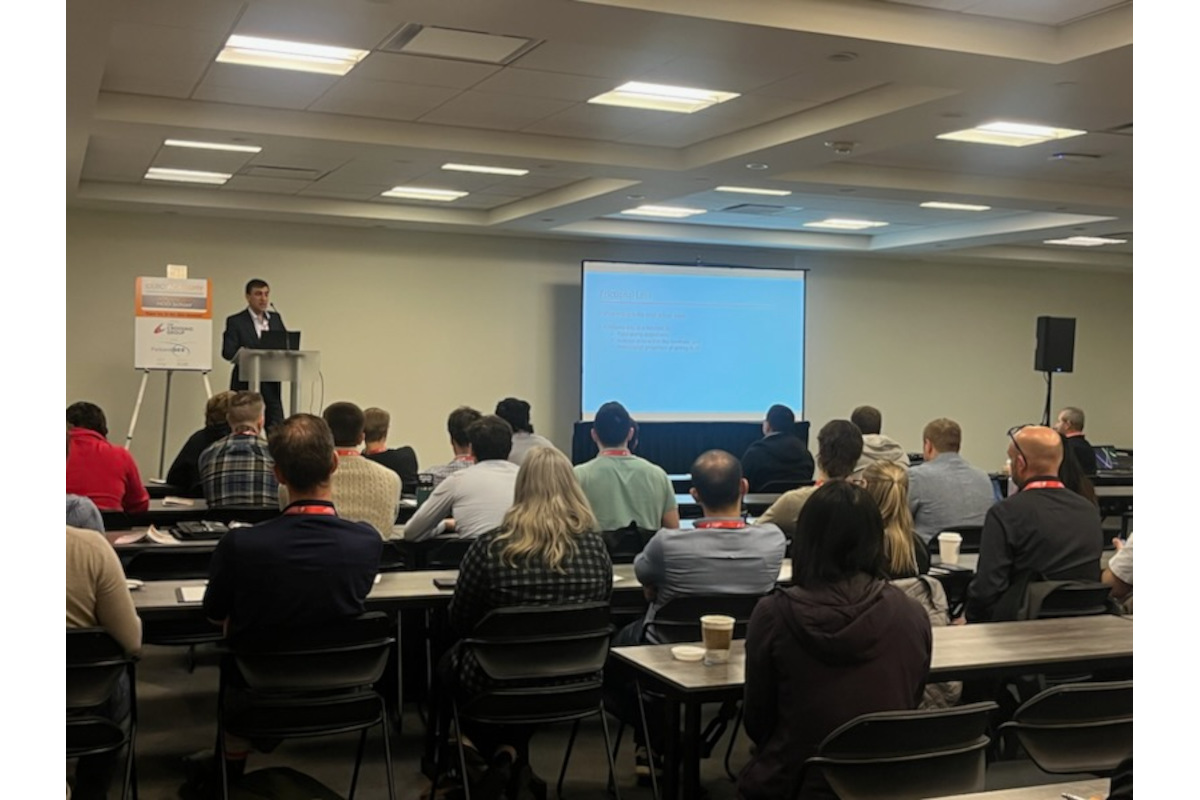Mid-range Rigs Continue Growth

Manufacturers attribute the growth in the HDD market to a number of sources.One is the continued effort of fiber-to-the-home (FTTH), last mile construction,which requires rigs of smaller stature, such as the minis and the lower spectrumof mid-size rigs. The boom in the natural gas supply industry has stoked growthamong the more powerful machines. The water and wastewater industry continues togrow, as municipalities understand the need to upgrade and rehabilitate pipelineinfrastructure and burying aboveground utilities remains a work in progress.These factors, along with a healthy economy, have led to the continued rise ofthe mid-size rigs.
Although the mid-range market is not surging as some manufacturers said itwas a year ago, it still continues to grow. Sales have leveled off somewhatbecause the number of people in the industry limits the amount of salespossible. Last year, many contractors replaced old equipment or expanded theirfleet with new rigs, which has lessened demand for the machines, says JamesPfeiffer, vice president and general manager of American Augers, in West Salem,Ohio. However, the outlook for 2006 seems to be strong.
Currently, the maxi rigs are experiencing the most growth by percentage ofthe HDD drill markets, Pfeiffer says. The market has doubled in the last yearand continues its rapid growth, thanks to the natural gas business. Even still,the mid-range market does more volume in sales, both monetarily and by volume ofunits sold. Whereas approximately 40 maxi units are sold per year, more than1,000 mid-range rigs are sold in the same timeframe. That amount is also morethan the compact rigs, which totals about 800 units per year, according toPfeiffer.
Mid-size rigs — 20,000 to 100,000 lbs of push/pull force — carry the brunt ofthe work duties in the HDD market, manufacturers say. The units’ versatilityallows the machines to sneak in to do the small fiber-optic work that thecompact rigs are generally used for, and the rigs can manage the heavy-dutyutility line work of the maxis, says Don Cary, president of Straightline Mfg.,in Hutchinson, Kan. The broad range of push/pull power makes the mid-size rigsmore attractive to contractors that perform a multitude of jobs, from shortbores of a few hundred feet up to long 1,000-ft projects.
Straightline currently produces one HDD drill rig, its SL2020 with 20,000 lbsof push/pull, which hit the market last year. Cary says the company chose thissize for its only rig because of the versatility and steady popularity withinthe market. “[The mid-size] seems to be the best overall market,” Cary says. “Itseems to be a size class where its abilities connect well with the demands inthe market.
“I don’t think [the compact drill market] sales volume is anywhere near whatthe mid-range numbers are. I know the maxi business has just been excellent. Thedollars per rig is quite high by comparison, but the overall volume is nothingcompared to the mid-size.”
Business for Straightline, a small manufacturer, has been strong for itsSL2020. “We’re selling them as quickly as we’re building them,” says Cary,adding that based on the past year’s sales, the company will produce 75 unitsthis year. “We could probably sell more, but we’re not going to build more.”
American Augers, on the other hand, offers three mid-size drills with afourth on the way in June, Pfeiffer says. The company offers drills of 32,000,60,000 and 80,000 lbs of push/pull, designated as DD-3238, DD-6 and DD-8respectively. Its new rig will be in the 20,000-lb range.
Central Mine Equipment, of Earth City, Mo., has also experienced strongbusiness growth, delivering five of its 50,000-lb CME-50DDs in the last sixmonths, says Carl Wieland, HDD field representative for CME.
A Wide Range
Over the years, what isconsidered a mid-size drill has become a broader and broader range. When thefirst mid-size drills were built, in the mid-1990s, those machines were of the15,000- to 30,000-lb capacity, according to manufacturers. Now, the mid-sizeencompasses from 20,000 lbs up to 100,000 lbs.
“That’s the new mid-size,” Cary says. Once upon a time, 100,000 lbs ofpush/pull was considered the high end of the entire HDD market, not just themid-range.
“As the market has grown up and the models have expanded,redefining those markets made huge sense,” Cary says. “Choices, manufacturers,size ranges and design has grown a lot.”
The increasing popularity of HDD has been the No. 1 motivator for theexpanded range, manufacturers say. The versatility of heavier duty machines,with higher push/pull capabilities, built on smaller platforms allows the drillto be used for more and more projects.
“It appears that we’ve had a steady increase of the application ofdirectional drilling in all the major utility environments,” Cary says.
The mid-size rigs allow for diversification into those other environmentsbecause of the smaller footprint and the power provided by the machines,Pfeiffer says. Like the compact drills, the mid-size rigs can maneuver intotighter areas. And like the maxis, the mid-size can handle the bigger jobs.
Although there is continued expansion into different jobsites, the rigs havenot experienced much technological advancement, manufacturers say. The maintrend has been toward perfecting what is already available. Most manufacturersagree that improvements lie in simplifying operations.
American Augers has moved toward more on-board electronics and automation tomake its machines easier to operate, Pfeiffer says. Another focus has beentoward rack-and-pinion drive.
Straightline, on the other hand, has moved toward eliminating some complexelectronics, Cary says. The company has reverted back to hydraulic overhydraulic controls. Electronics, he says, are difficult to troubleshoot and canbe expensive to repair.
Either way, improvement to quality and durability mean less downtime and moreproductivity for contractors.
Where’s the Limelight?
The mid-sizedrill rig is the Rodney Dangerfield of the HDD market — it gets no respect.However, while the compact and maxi drills are headline grabbers in theindustry, it’s the mid-size doing the bulk of the work, manufacturers say.
“The mid-range machine work gets overlooked,” Wieland says. “The [HDD]market is starting to use more material in the eight- to 18-in. range and thatis in the center of the operating window for mid-size machines.”
However, even as the market expands and diversifies, the mid-size rigs areunlikely to get much attention.
“It’s called glamour,” says Pfeiffer, who refers to the mid-size rigs as theoffensive linemen of the HDD market. “The little mini rigs, they bring theglamour, putting the fiber optics into the home, which everyone talks about.
“The big maxi rigs are doing these multi-million-dollar projects, maybe evena billion-dollar project and that gets national attention.
“The mid-range rigs are kind of like the ones carrying the load out there.There are more of them sold, more of them used. They go out and do the job dayin and day out.”
Without a strong offensive line in football, a team can’t run. The same goesfor mid-size rigs and the HDD market. Although the flashy stars get the glory,it’s those workhorses on the front lines that make all the difference.
Bradley Kramer is assistant editor of Trenchless Technology.




